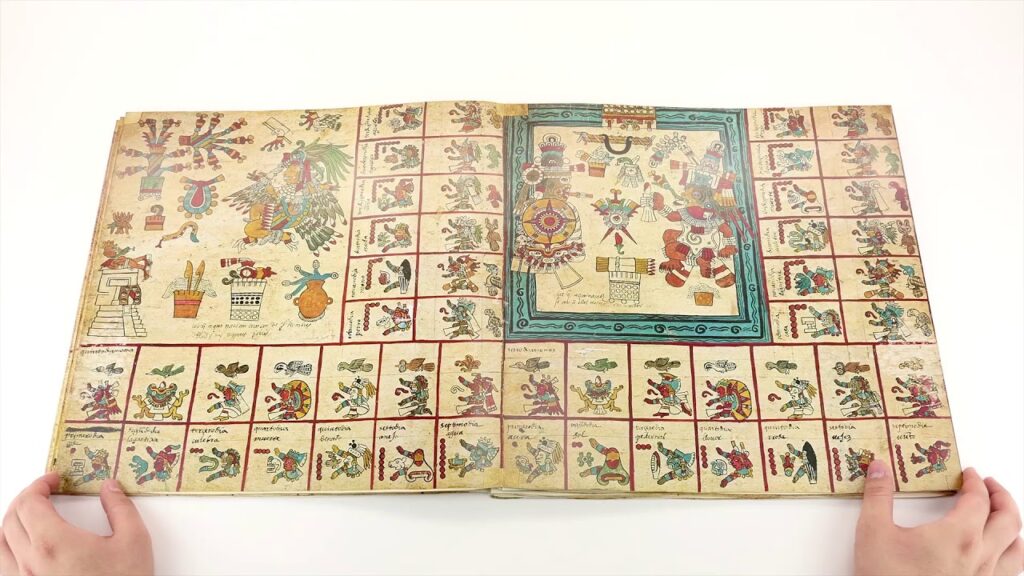- Lasting Legacy of the Aztec Culture
- Interesting facts about aztec culture since Huitzilopochtli to Quetzalcoatl
- Year-Round Rituals of Tlaloc, Tezcatlipoca, Ometeotl y Quetzalcoatl
- Aztec Art Interesting facts
- Ruins of Aztec Architecture
- Iconography of the Great Sun Disk; Interesting facts about aztec culture
- Aztec Music and Dance
- Education Aztec in Calmecas and Telpuchcalli
- The Aztec Rebus System and Its Manuscripts
- Evolution of Aztec Weapons
- Transportation in Aztec Culture
- Advanced Aztec Mathematics and Astronomy
- Aztec Medical Practices
- Aztec Culture After Spanish Conquest
- Facts About Aztec Culture
Lasting Legacy of the Aztec Culture

Some Interesting facts about aztec culture reveal that it was at least as complex and colorful as any culture found in the modern world. Human beings today are still benefiting from the culture practiced by the Aztecs in the 14th through 16th centuries.
Aztec Religion
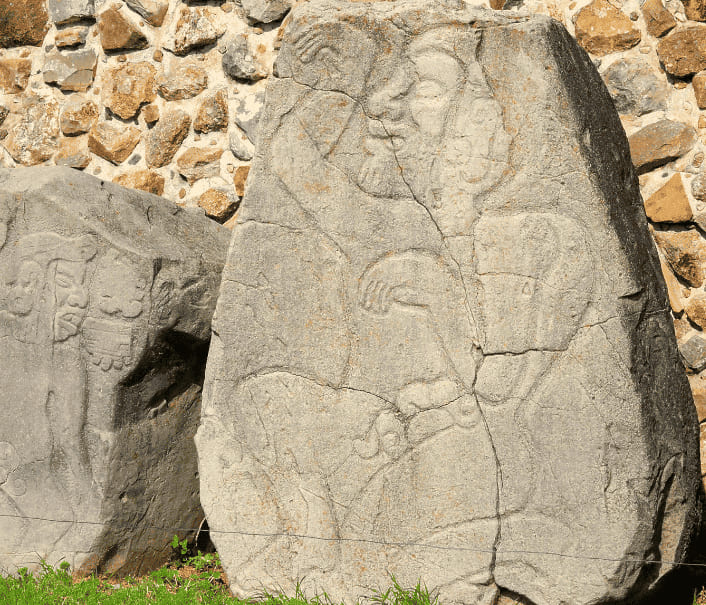
The Aztec society was a theocracy. The church and the state were deeply intertwined. Even the laws that were passed had a sacred aspect to them, and warriors fought not just for the usual reasons people go to war, but to capture prisoners to sacrifice to their gods.
Interesting facts about aztec culture since Huitzilopochtli to Quetzalcoatl
The most notorious Aztec sacrifice involved cutting out the heart of the sacrificial victim with a knife made of obsidian, a black, volcanic glass. These victims were offered as sacrifices to Huitzilopochtli, the god of both the sun and war. He demanded human sacrifice to guarantee the rising of the sun every morning.

Year-Round Rituals of Tlaloc, Tezcatlipoca, Ometeotl y Quetzalcoatl

He wasn’t the sole deity demanding sacrifices, specific prayers, and rituals. Gods such as Tlaloc the rain god; Tezcatlipoca, the god of wind; Ometeotl, a mysterious deity who may have been the god of duality or creation or both and Quetzalcoatl, the god of the priesthood, required them. Rituals had to be performed throughout the year and on special occasions.
Aztec Art Interesting facts

The beauty and fineness of Aztec art is best seen in their crafts and their architecture. They made jewelry and ornaments out of gold, silver and jade that would not look out of place if they were worn today. Even the costumes of their warriors were beautiful, with robes and headdresses made of different colored feathers.
You may be interested in reading: Triple Alliance Aztec Empire Rise of Mesoamerican Power
Craftsmanship and Cultural Significance

A wide variety of pottery has been discovered among the artifacts of the Aztec civilization. Interesting facts about Aztec culture include how layered strips of clay were worked into griddles, storage jars, goblets, and other vessels. When the shape was complete, the clay was hardened in open kilns heated over the fire. The majority of the pottery was either white or red, adorned with geometric designs in black and white on the sides.
Ruins of Aztec Architecture

The ruins of Aztec architecture also show a hint of their skill and aesthetics. Thousands of workers labored to build then maintain the many temples, palaces and pyramids of the Aztecs. These buildings were often decorated with stone carvings of the gods.
Iconography of the Great Sun Disk; Interesting facts about aztec culture

The Great Sun Disk, a 12-foot-wide stone weighing 26 tons, stands as the most renowned example of Aztec art. In its center is an image of the sun god and around him swirl images of Aztec mythology, prophecy and history.
Aztec artists also painted pictures on animal skin, cotton and a type of paper made from fig trees.
Aztec Music and Dance

As is true today, Aztecs could not imagine their would withowouldusic in it. On the day he was to be sacrificed to the gods, the bravest prisoner of war walked in a ceremonial parade, playing a flute known as the huilacapitztli, toward the place of his execution.
Musical Education Aztec

The nobility kept musicians in their household, and when they reached adolescence, children were taught to play musical instruments and learn the lyrics of important songs as part of the school curriculum. They were also taught songs in the home. Many of these songs were hymns to and about their gods, often beseeching the gods for help in battle, agriculture or another purpose.
Aztec Musical Instruments and Performances
Songs called canters, or ghost songs, were more mystical in nature and were sung by specific performers. As they sang, they often went into trances to connect with the gods and their ancestors. Other songs were more lightsome, and like the songs people sing today, they were about the everyday occurrences of Aztec culture.

Aztec Drums, Aerophones, and Rattles

Besides the huilacapitztli, Aztecs played different types of drums, aerophones, and rattles. Interesting facts about Aztec culture reveal that Aztec dance naturally accompanied music and also celebrated and importuned the gods and nature. Their dances were often part of plays and featured actors and acrobats as well as dancers.
Education Aztec in Calmecas and Telpuchcalli
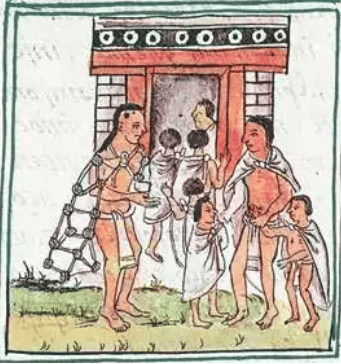
Aztecs were a bit unusual for their time in they had universal education for both girls and boys. Calmecas trained exceptional girls and boys for religious rites, while schools for more average children were known as Houses of Youth, or telpuchcalli. Here, children were educated in history, traditions, religious practices, and various crafts.
The Aztec Rebus System and Its Manuscripts

Even though the Aztecs had no alphabet, they were able to keep records of important events and dates by a rebus system that used pictures and symbols. These symbols were written on agave leaf paper that was then rolled up or folded like a map.
Evolution of Aztec Weapons

Lacking access to bronze or iron, the Aztecs crafted their weapons primarily from chert and obsidian. By the time the conquistadors arrived, they had just started experimenting with copper.
Transportation in Aztec Culture
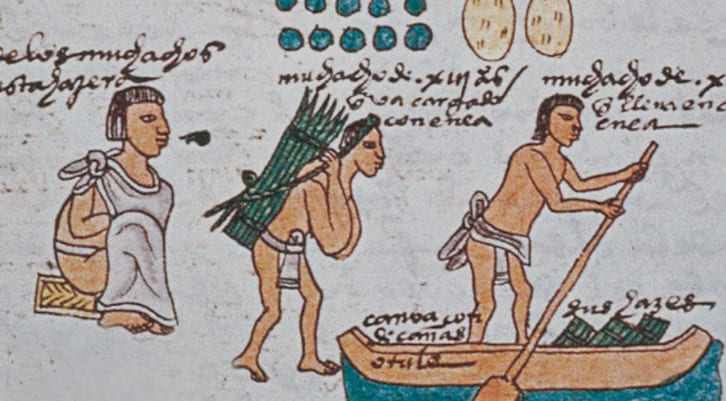
Aztec culture did not have beasts of burden, and though wheels were known, they were only seen as fit for children’s toys. Since they were surrounded by bodies of water, the Aztecs used dugout canoes to transport goods and people.
Advanced Aztec Mathematics and Astronomy
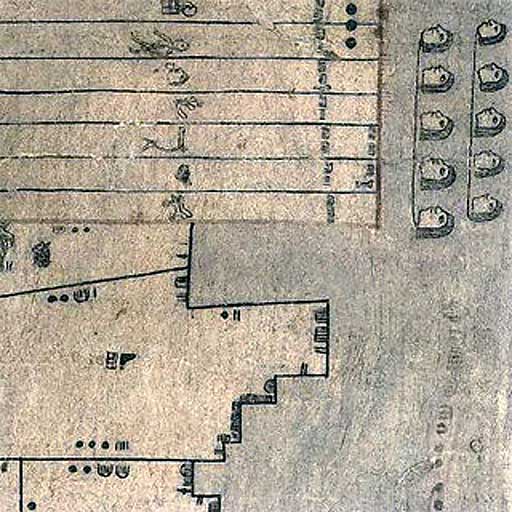
On the other hand, their understanding of mathematics was way ahead of similar cultures, as was their understanding of astronomy. They employed a vigesimal system centered around 20, in contrast to our decimal system, which is centered around 10. The system is quite sophisticated, and it took centuries for scholars to figure it out.
Aztec Medical Practices
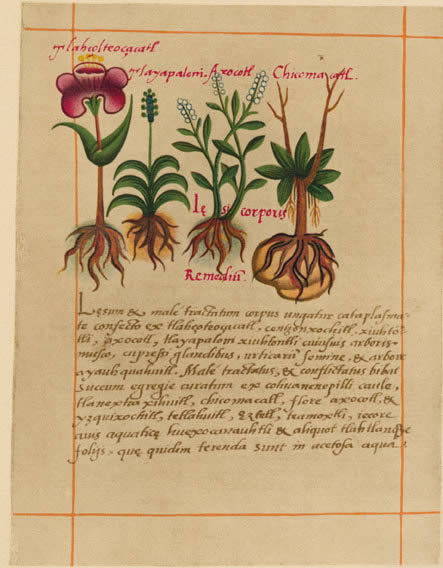
Of course, much of the Aztec’s knowledge of these sciences was used in the service of their gods. They were also adept at The use of these medicines was documented by Aztec artists in the Badianus Manuscript, created in the mid-16th century.
Aztec Culture After Spanish Conquest

Some historians like to say that the Aztec civilization and its culture completely collapsed after their encounter with the conquistadors. The truth is it didn’t, even though the population was decimated by smallpox after the Spanish conquest.
Moctezuma II’s heirs Interesting facts about aztec culture
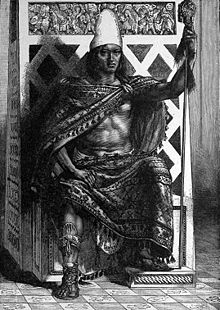
The final independent emperor of the Aztecs, ascended to the ranks of Spanish nobility. The newly established Spanish rulers permitted the Aztecs to maintain their cultural identity and certain privileges, something of their government, at least for a time.
Interesting facts about aztec culture, Leaders of the Mexican Revolution

Which lasted from 1910 to 1920 began to appreciate the great contribution of the Aztec people, who had been reviled for centuries, to the culture and very existence of Mexico. Mexico, after all, is a Nahuatl word for the very heart of the Aztec empire.
Aztec leaders Interesting facts about aztec culture

Are now valorized in modern Mexican art, whether it be in the murals of Diego Rivera or in the National Museum of Anthropology and other museums. As of 2018, 1.5 million people still speak the Nahuatl language, and much of Mexican food borrows from the Aztec diet.
You may be interested in reading: Strength Aztec Symbols and Meanings ➤Power and Resilience
Facts About Aztec Culture
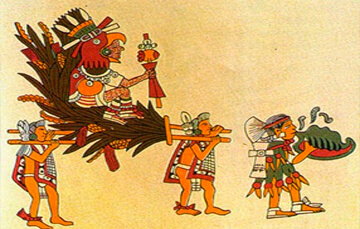
- Nearly everything in the culture revolved around their gods.
- The Aztecs were highly skilled artists and artisans.
- They had universal education for both boys and girls.
- Their science and technology was very advanced compared to the cultures around them.
- Their medicinal arts were also advanced.
- The Aztecs employed a vigesimal number system instead of a decimal one.
- Much of Aztec culture still persists into the 21st century.


